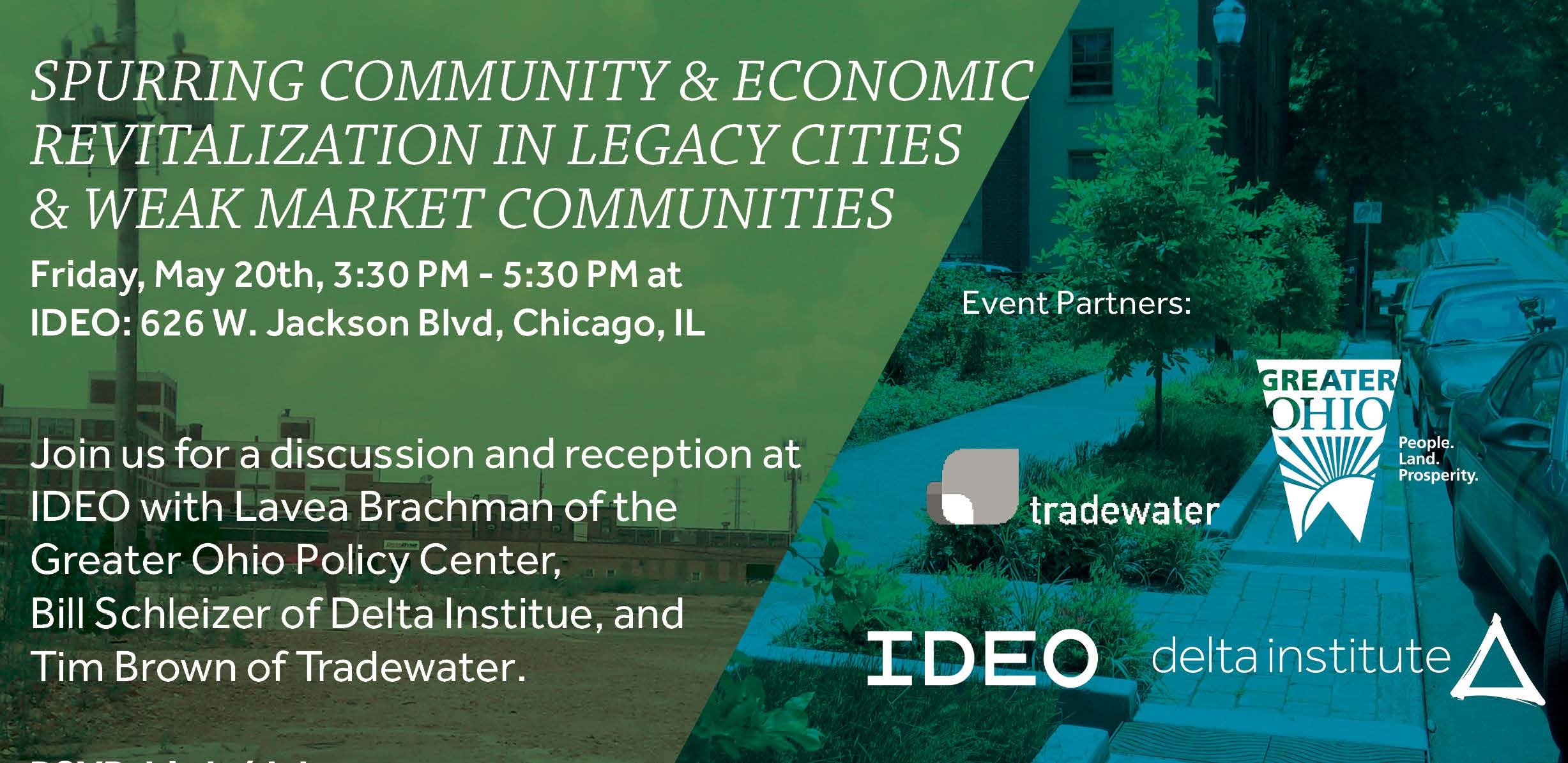GOPC has been keeping busy! Want to find out what we've been up to? Take a look at the events GOPC has been participating in:

CEOs for Cities National Meeting
Nashville, Tennessee
November 4-6, 2014
Our Executive Director, Lavea Brachman, attended the CEOs for Cities National Meeting in Nashville this year. The meeting convened leaders from around the globe to learn the smartest ways to measure, benchmark and catalyze city progress, exchange best practices for cross-sector collaboration, and explore the smartest ideas for reaping dividends through targeted, measurable investments in economic growth and opportunity.
Participants explored what the city of Nashville has to offer. CEOs for Cities has also announced they will be releasing City Vitals 3.0 at the meeting. There are still a few slots open, so visit the website and register today to see what these city leaders have to say.

Ohio Housing Conference
Columbus, Ohio
November 4-6, 2014
GOPC's Associate Director, Alison Goebel, presented at this year's Ohio Housing Conference, “United for Ohio's Communities." This meeting celebrated the impact that the Ohio Housing Finance Agency's and Ohio Capital Corporation for Housing's common mission of providing decent affordable housing has had on Ohio's residents, communities and economy. Those who attended were able to converse with over 1,600 peers who are passionate about affordable housing and engage in over 50 sessions and workshops.
Alison’s first presentation, titled “Effective Partnerships: From Demolition to Development,” is included below:
Panel Description: This session will discuss a broad range of vacant property issues including how demolition funding is used by land banks to assist cities/towns to strategically target blight, and assist developers in effective redevelopment and long-term community stabilization. Who are the players and partners, (perhaps some you haven't thought of) that can help? What are the roadblocks facing efforts to combat vacancy and blight? How can we develop partnerships to make the most impact from limited funding resources across the board - from demolition to development?
The panel also included:
- Carlie J. Boos, Ohio Housing Finance Agency (OHFA)
- John Habat, Greater Cleveland Habitat for Humanity
- Aaron K. Sorrell, City of Dayton
GOPC also presented on the “Legacy Cities” panel and gave the following presentation:
Panel Description: An overview of revitalization and preservation of the social aspects of neighborhoods including retail recruitment, public space, amenities for residents and priorities for pedestrians including bicycles and walkable neighborhoods.
The panel also featured:
- Margo Warminski, Cincinnati Preservation Association (CPA)
- Daniel J. Hammel, University of Toledo

Habitat for Humanity of Ohio Conference
Columbus, Ohio
November 11-12, 2014
Alison Goebel presented at this year's Habitat for Humanity of Ohio Conference on a panel titled “County Land Banks: Opportunities for Partnership in Neighborhood Revitalization” on November 12th. This session described what county land banks do in Ohio and how they operate. Then, panelists representing two different Habitat affiliates and a county land bank discussed how partnerships among land banks and non-profits can mutually benefit each organization and highlighted strategies and models that can be replicated in other communities.
Other panelists included:
- John Habat, Greater Cleveland Habitat for Humanity
- Amy Hamrick, Richland County Land Bank
- Dawn Stutz, Habitat for Humanity of Greater Cincinnati








